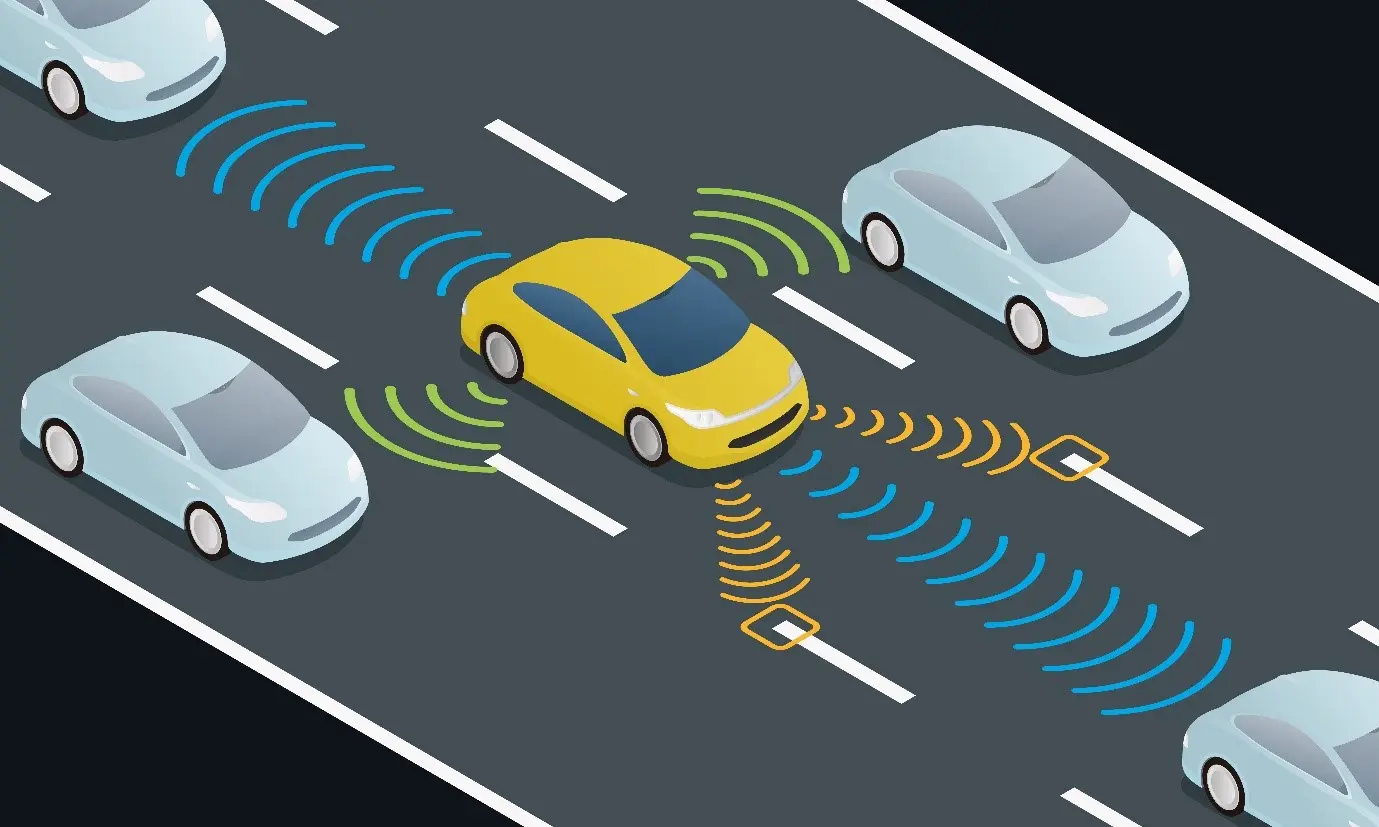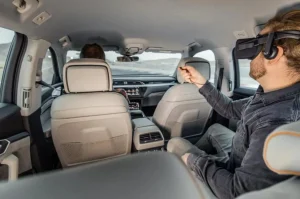
Future of Car Safety Features
Modern cars have become significantly safer over the years thanks to modern safety technologies like those listed here, which could make your next ride even safer.
Forward collision warning uses cameras, sensors, or lasers to detect vehicles or objects ahead of you – potentially saving lives through preventable accidents and saving lives in accidents that do occur.
Blind Spot Warning
Blind spot warning (BSW) monitors areas around your vehicle that may not be easily seen with just a quick glance of either of its sideview mirrors. It uses sensors located on the sides and rear of your car to alert you if another vehicle enters an area not visible from either of its sideview mirrors, often by providing visual alerts either on your dashboard or sideview mirror. In advanced systems this may even give an audible alert when changing lanes!
These systems help reduce accidents during lane changes by decreasing the chance of colliding with another vehicle or person hidden in your side blind spot. Furthermore, these systems are great for drivers of large vehicles such as trucks and SUVs which tend to have potentially more hazardous blind spots.
Surround View Cameras
An aerial view from multiple cameras gives you a clearer understanding of your surroundings, helping you maneuver more easily through tight parking spots or prevent curb rash from maneuvering into or out of spots.
A quality surround view camera system will produce a birds-eye view of your vehicle on an infotainment display, enabling you to better see how your car relates to other cars nearby as well as curbs, lane markings, and curbs. Furthermore, it may warn of approaching vehicles in your blind spot when changing lanes.
Some models also feature Moving Object Detection that goes one step beyond basic blind-spot warning by tracking your vehicle as you drive down the road and using sensors to look out for objects such as pedestrians or animals that could veer into your path and give an audible alert if necessary. These systems often come complemented by backup cameras or rearward facing radar that works when reversing vehicles behind you to help identify obstacles in the rear path.
Moving Vehicle Detection
Research by Consumer Reports indicates that augmented reality systems that place warnings and info directly into a driver’s line of sight are more effective than traditional dashboard lights or chimes. An increasing number of vehicles offer this feature which uses cameras to project images onto windshields or head-up displays.
Many of these systems are designed to keep a car centered in its lane and prevent its driver from accidentally drifting out. Many also work together with an adaptive cruise control system on their vehicle to help drivers maintain a safe distance between themselves and vehicles ahead of them.
Some advanced front crash prevention systems are capable of detecting pedestrians and cyclists as well as cars. Depending on the system, some may perform automatic braking when pedestrians enter or attempt to enter their path; others provide blind spot monitoring or rear cross-traffic alert. They rely on radar and ultrasonic sensors installed either side of the rear bumper along with cameras for detection purposes.
Pedestrian & Animal Detection
Pedestrian detection systems, or PCAMs, use sensors to identify pedestrians in a vehicle’s path and warn the driver using visual/audio alerts. These technologies are particularly helpful in urban areas with heavy foot traffic.
These systems may activate a vehicle’s horn 118 or lights 120 to warn distracted pedestrians (including those on mobile phones), visually impaired people, children running after objects in the roadway etc. Additionally, advanced systems may communicate with an automatic emergency braking system in order to avoid an imminent collision.
The market for Advanced Driver Assistance Systems (ADAS) is expanding due to technological innovation, stringent safety regulations and consumer demand for advanced car features. But these systems should never replace safe driving practices – so be mindful when out driving! Observe your surroundings carefully, check blind spots with mirrors and slow down in areas with heavy pedestrian traffic.



